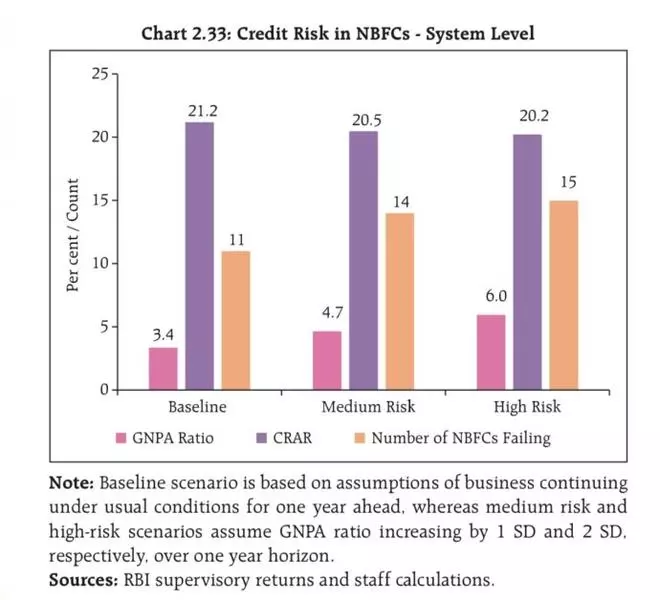The sharp rise in write-offs, especially by private sector banks, could be partly masking worsening asset quality and dilution in underwriting standards and is emerging as an area of concern, the Reserve Bank of India’s financial stability report (FSR) said.
“The GNPA ratio for unsecured lending was marginally higher at 1.7 per cent. An area of concern, however, is the sharp rise in write-offs, especially among private sector banks, which could be partly masking worsening asset quality in this segment and dilution in underwriting standards,” the report said.
Accretion of NPA
It said the fresh accretion of non-performing assets (NPA) in retail loan portfolios of banks was also dominated by slippages in the unsecured loan book, with 51.9 per cent bad loans emanating from unsecured loan segment as at end-September 2024.
“Among bank groups, small finance banks are witnessing larger impairment in their retail lending portfolio with the GNPA ratio at 2.7 per cent, the SMA (1+2) ratio at 3.6 per cent, and the unsecured GNPA ratio at 4.7 per cent,” it said.
NBFC loan growth slows
The hike in risk weights on unsecured, bank loans to NBFCs, imposed by the RBI in November last year has led to slowdown in both retail and bank loans to NBFCs.
The growth of bank borrowings in NBFCs’ liabilities also declined from 26 per cent to 17 per cent, while reliance on non-bank sources raised their cost of funds. NBFCs increased their foreign currency borrowings to diversify their sources of funds and contain overall costs. The rise in foreign currency borrowings could pose currency risks to these NBFCs to the extent they are unhedged.

Overall, the NBFC sector remains healthy with sizeable capital buffers — capital adequacy ratio (CRAR) stood at 26.1 per cent in September 2024 – robust interest margins and earnings. Write-offs, however, show a rising trend, with a few outlier NBFCs showing significantly higher write-offs.
Stress tests
Stress tests conducted by the RBI team on NBFC sector showed a few NBFCs failing to meet minimum regulatory requirements, even under the baseline scenario.
Under the baseline stress scenario, the one year ahead GNPA ratio for the NBFC sector is estimated at 3.4 per cent and the system level CRAR at 21.2 per cent. CRARs of 11 NBFCs fall below the minimum regulatory requirement of 15 per cent, even under the baseline scenario.
Under the medium risk scenario, GNPAs of NBFCs are expected to rise to 4.7 per cent, while CRAR will moderate to 20.5 per cent and 14 NBFCs fail this stress test. Under high risk scenario, GNPA ratio of NBFCs could rise to 6 per cent, CRAR could moderate to 20.2 per cent, and 15 NBFCs fail to meet basic requirements. ENDS








Leave a Comment